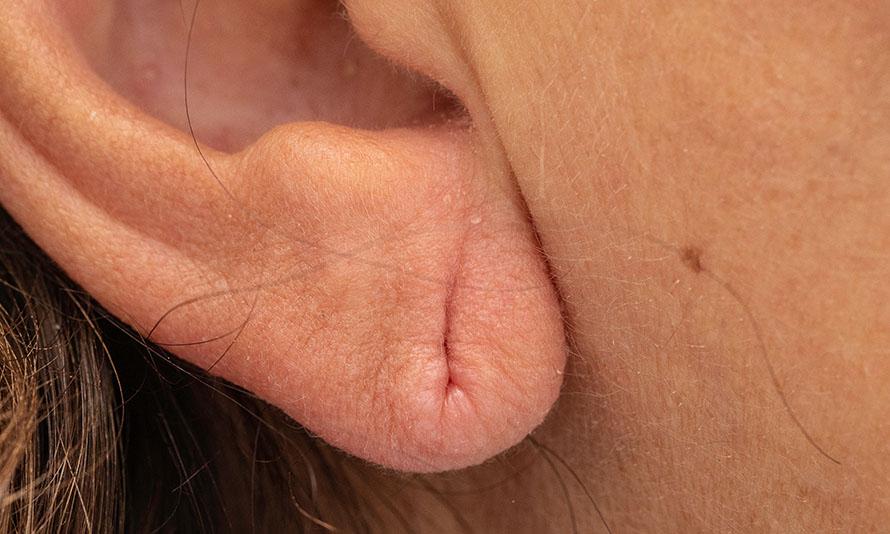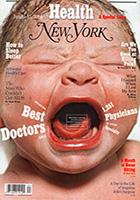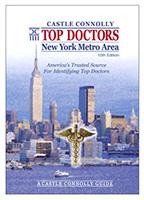As with any other part of our body, our ears age, and deformities can develop over time. Although the ears are made of flexible fatty tissue, your earlobes will not be as sturdy or stiff as the cartilage on your nose or the upper parts of your ear. Because of this, it can be easily torn or stretched.
Other than aging and trauma, hanging or droopy earlobes (earlobe ptosis) can also be genetically inherited.
However, there are several ways for you to have your droopy earlobe treated that require that you consult an otoplasty surgeon.

As with any other part of our body, our ears age, and deformities can develop over time. Although the ears are made of flexible fatty tissue, your earlobes will not be as sturdy or stiff as the cartilage on your nose or the upper parts of your ear. Because of this, it can be easily torn or stretched.
Other than aging and trauma, hanging or droopy earlobes (earlobe ptosis) can also be genetically inherited.
However, there are several ways for you to have your droopy earlobe treated that require that you consult an otoplasty surgeon.
What if there is a piercing?
Earlobe shortening is a great way to fix your droopy earlobes. It is a 20-minute surgery per ear that will only require local anesthesia. It is a procedure that reshapes the earlobes to make them more pleasing to the eye and, in most cases, make you look younger.
If there is a piercing in the way of your earlobe shortening, then it is necessary for the piercing to be removed and replaced with a new piercing in a higher position. You will usually have to wait at least 6 weeks to have your ear re-pierced. In some cases, however, the new piercing is far enough from the piercing that requires removal that ear piercing can be performed at the same time as the shortening.
What happens during the surgery?
As mentioned above, it is rather a quick procedure and can be performed in isolation as the only procedure or alongside other surgeries such as a facelift and an otoplasty. There are usually two methods that your surgeon can use. These are:
Peripheral Margin Technique
This involves outlining the desired length and shape of the earlobe. After that, local anesthesia is administered, and the excess earlobe is then removed. There are techniques that the surgeon can use so the scar is somewhat on the backside of the earlobe and not visible.
Wedge Reduction Technique
This method starts by outlining with a marking pen a triangle of tissue to be removed. Once the outline is marked, local is anesthesia is then administered on the area. The outlined area will then be removed and sutured.
Combination of peripheral resection and wedge resection
Peripheral resection removes the tissue at the bottom of the earlobe. The wedge resection is preferred when there is excess earlobe in a horizontal direction. In some patients, there is both vertical and horizontal excess and BOTH techniques are required.
Unlike other types of ear surgery, the patient can immediately leave after the procedure. Post-operative care is minimal and you can generally return immediately to normal activities.
There are many factors that can contribute to having aesthetically pleasing ears. It’s important to consult a surgeon with experience in the particular area of plastic surgery. Among the considerations are the size and shape of the face, the skin type, the size of the ears, the presence of previous scars/ piercings, and of course the patient’s desires.
To help you decide if this procedure can correct your droopy earlobe, schedule a consultation with us, and speak with Dr. Thorne. He has been an otoplasty surgeon for more than three decades.
During your consultation with him, he will inform you of the options, risks, benefits, and the surgery plan. Dr. Thorne will also answer all the questions you have about the procedure.

Dr. Thorne is the Editor-in-Chief and the author of several chapters in Grabb and Smith's PLASTIC SURGERY, 7th Edition.
Ear Construction Chapter in PDF







